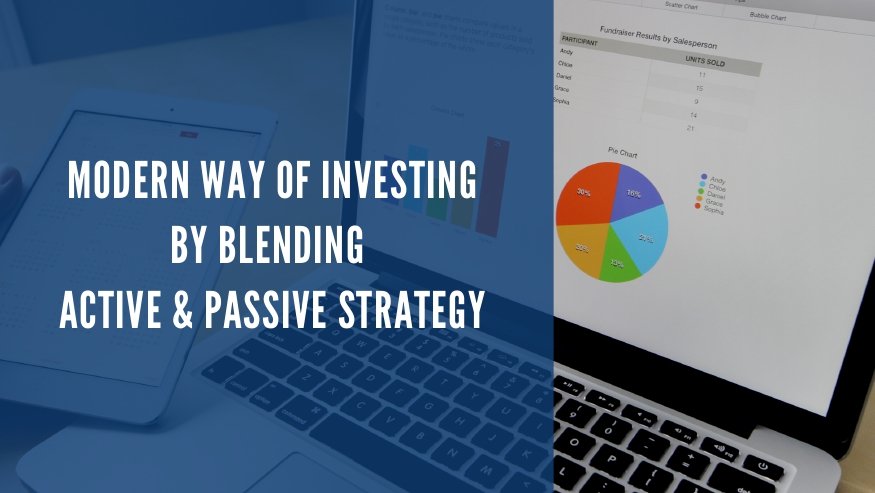Would you choose to duplicate market returns or strive to outperform them?
Due to prevalent geopolitical unrest and a high inflationary environment, the current markets are volatile. Market volatility has been regarded as a haven for active investors. Yet, even in such a scenario, data from the Association of Mutual Funds in India shows that net assets under management of passive schemes have shown a whopping increase of 60.5% from December 2020 (Rs 2.94 trillion) to December 2021 (Rs 4.72 trillion)1.
Can this rise in passive funds be interpreted as an indicator of a maturing investment market in India?.
The trend of Passive Management
Passive Investing Report 2021 estimates that passive assets will grow to make up 37% of the overall assets in the mutual fund industry by 2025 from the 10% as of March 2021.
Passive funds typically aim to match the performance of a specific Index. These funds are structured to track the progress of their benchmarked index and are designed to follow its performance. Their rise and fall are in tandem with market movements. The tracking error is an indicator and a core metric to measure a fund’s performance relative to the performance of its benchmark. It is even an indicator of how actively it is managed.
In India, the passive investment asset class has seen an influx of innovative products entering the financial markets. ETFs on global indexes, Equal Weight Index Funds, and a variety of thematic ETFs offer investors the opportunity to incorporate a core-satellite strategy using passive investment products in their portfolio.
Benefits of passive investments:
- Better Transparency
- Tax Efficiency
- Lower Fees
Active investment as a strategy.
We know the goal of Active funds – which is to outperform indexes and benchmarks. This is made possible by the dependence on a fund manager and his resourcefulness in adjusting a fund’s holdings frequently as market conditions continue to evolve. There is certain flexibility involved where the managers can quickly pick undervalued stocks in a volatile market situation or even divest their underperforming riskier assets when valuations turn positive. This strategy can offer excellent risk-adjusted returns relative to the market, offering returns that have the potential to beat market indexes. The expertise, knowledge, and fund management skills employed by these fund managers are rewarded with a fund management fee irrespective of the outcome of the fund’s performance.
Benefits of active Investments:
- Risk-adjusted Returns
- Hedge against risks
- Flexibility
Although, when it comes down to deciding on a personal finance investing strategy, most investors get caught between picking an active or passive investment route to achieve their set financial goals. It is not appropriate to compare active funds over passive or vice versa, purely because they represent two entirely different fund management strategies.
Could a blended approach work?
Research is the cornerstone of well-planned investments; hence an investment strategy must be carefully chosen based on relevance to the investor’s portfolio. While an active investment strategy could add that much-needed alpha and risk-adjusted returns to help investors reach their financial goals far more quickly, it has its downsides of higher risks, higher costs, and dependencies on a fund manager’s ability to perform. On the flip side, a passive investment route can serve as a base for the long-term and lower-risk components of an investor’s portfolio.
A balanced approach between the two investment strategies can harness the upside and offer a well-diversified portfolio across asset classes and their underlying investments. Periodic monitoring and rebalancing are required to ensure that your investments are well-aligned with their equated financial goals and on track to help achieve financial independence.
What’s your approach in this current market scenario?
Do you need assistance in planning your investment strategy?
Connect with TBNG’s experts here.






